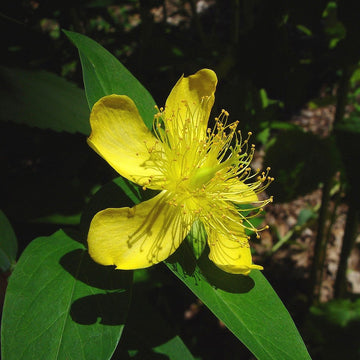Hypericum Seeds – Ascyron
-
Estimated Delivery:Oct 21 - Oct 25
-
Free Shipping & Returns on all orders.
Hypericum Seeds – Ascyron Variety produce elegant perennial plants known for their bright golden-yellow flowers and glossy green foliage. Commonly referred to as Great St. John’s Wort in the United States, this hardy species adds long-lasting color and texture to gardens, borders, and natural landscapes. The vibrant blooms appear in clusters during summer, creating an attractive display that also supports pollinators such as bees and butterflies.
This Hypericum variety is low-maintenance, adaptable to various soil conditions, and ideal for gardeners seeking durable and ornamental perennials. It performs well in full sun to partial shade and is tolerant of drought once established.
Features:
-
Type: Perennial flowering plant
-
Common Name (US): Great St. John’s Wort
-
Scientific Name: Hypericum ascyron
-
Flower Color: Bright yellow with prominent stamens
-
Growth Habit: Upright and bushy
-
Height: 3–5 feet (90–150 cm)
-
Soil Requirement: Moist, well-drained soil; tolerates clay and loam
-
Sunlight: Full sun to partial shade
-
Watering: Moderate; prefers evenly moist soil
-
Bloom Time: Mid-summer to early fall
-
Special Feature: Pollinator-friendly and drought-tolerant once mature
Specifications:
-
Planting Season: Spring or early fall
-
Hardiness Zones (USDA): Zones 4–8
-
Sowing Method: Start indoors 6–8 weeks before last frost or sow directly outdoors after frost danger has passed
-
Germination Time: 20–30 days
-
Germination Temperature: 65–70°F (18–21°C)
-
Spacing Between Plants: 18–24 inches (45–60 cm)
-
Mature Plant Height: 3–5 feet (90–150 cm)
-
Best Growing Months:
-
Northern Zones (4–5): May to September
-
Mid Zones (6–7): April to October
-
Southern Zones (8): March to November
-
-
Maintenance: Low; prune in late winter or early spring to maintain shape
-
Uses: Garden borders, wildlife gardens, erosion control, and naturalized areas



















